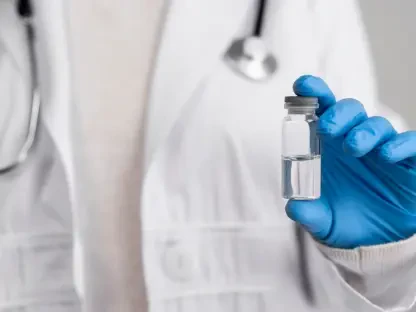Securing strong antibody claims continues to pose significant challenges for patent applicants due to the rigorous requirements for written description and enablement enforced by the United States Patent and Trademark Office (USPTO). These requirements, outlined under 35 U.S.C. §112(a), often result in claim rejections for being overly broad or demanding excessive experimentation to verify the antibody claim’s validity.
The USPTO’s high disclosure standards notably impact antibody patent claims, raising laboratory costs as applicants must produce detailed data to satisfy §112(a). Applicants must convincingly demonstrate that they were in possession of the invention at the filing time and that it can be used and created by a skilled individual without excessive effort. Antibody patents, due to their unpredictability in design and functionality, require more explicit disclosure compared to other fields, with judiciary and scientific consensus on the need for robust supporting data.
The task of meeting these requirements is growing increasingly challenging, with trends indicating continued strict adherence to standards without relaxation. Legal experts recognize that to meet these standards, specifications must clearly convey invention possession and enablement. This means providing detailed scientific evidence to substantiate claims, increasing initial costs and potentially prolonging the patent approval process.
In light of these challenges, applicants must focus on drafting detailed specifications that align with both legal precedents and scientific insights. This strategic approach, emphasizing accuracy and comprehensive data, is crucial for ensuring that antibody patent claims are both robustly protected and enforceable. As the field advances, maintaining this high standard is essential for navigating the complex landscape of antibody patent claims successfully.









